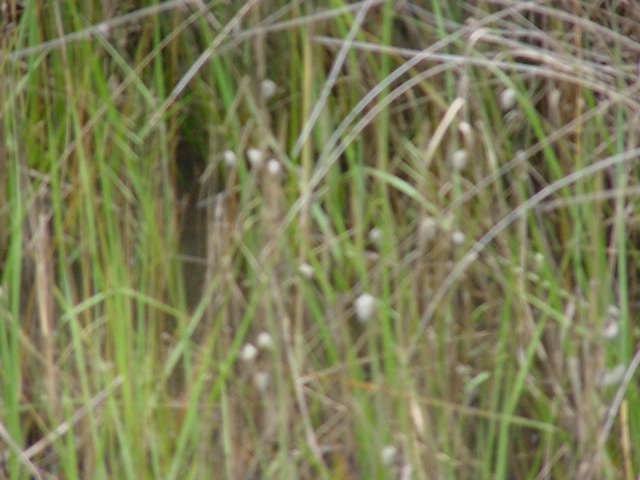
© UnknownSpartina grasses with snails
Over the last two months, the BP oil leak has unleashed all manner of havoc on the ecosystem in the Gulf of Mexico. But while sad pictures of large-eyed, oil coated birds make these animals the most visible victims of the oil leak, smaller ocean creatures will bear the brunt of the damage, scientists say.
"The greatest threat is to the whole food chain, and the base of the food chain, said John Caruso, an ecology and evolutionary biology professor at Tulane University. "People see the big impressive animals like pelicans and the other sea birds. It's a devastating sight, it tears you up when you see those poor birds covered in oil, but the real damage to our coastal ecosystem here will come from destruction of the cord grasses."
In particular, the cord and Spartina grasses that grow on the coast of Louisiana are crucial to the ecosystem and especially sensitive to the oil leak, Caruso said. These grasses form the foundation of the local food chain, and their root systems lessen the erosion of the small islands that protect inland Louisiana from hurricanes, Caruso said.
